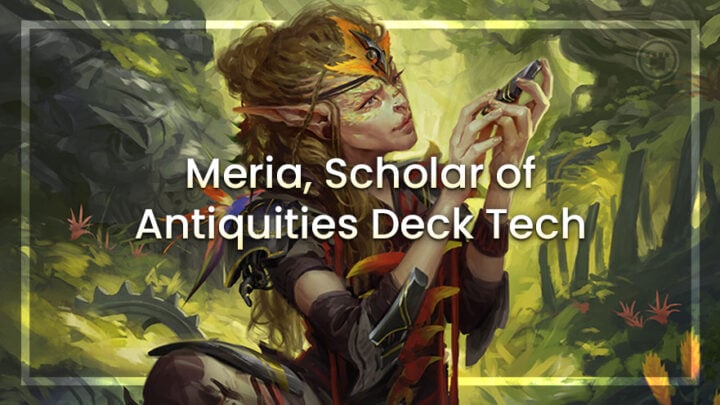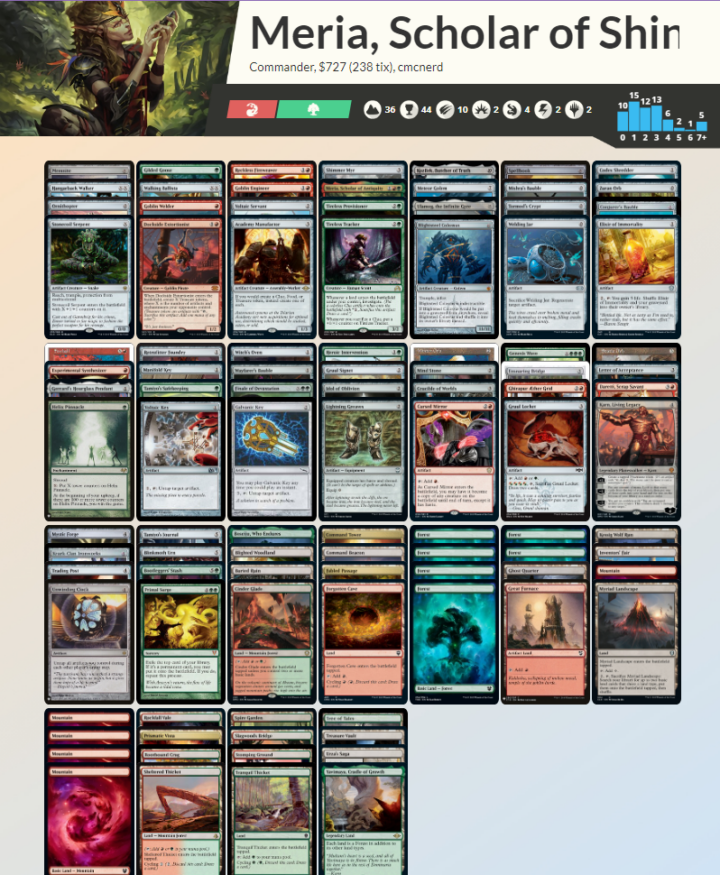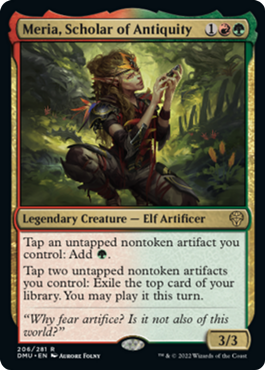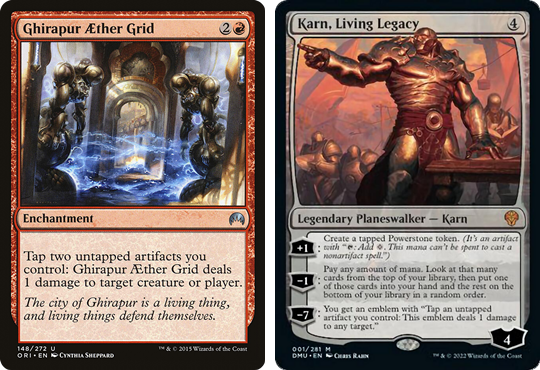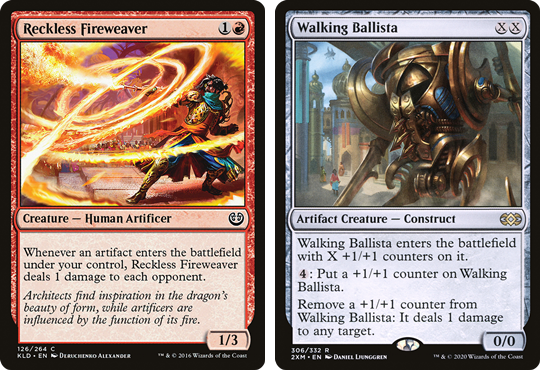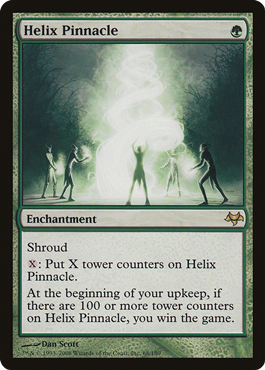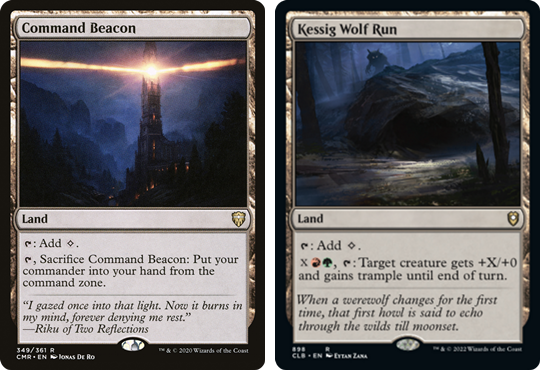Sometimes, just seeing a card gives you an idea for a deck. Maybe it’s not a good idea. Maybe you know there’s better, more robust, well-rounded ways to build the kind of deck on your mind. But that’s not the deck in your head.
No. Maybe you, like me, saw Meria, Scholar of Antiquity, and thought, “I can do something silly with that.”
So I did.
The Commander
Meria, Scholar of Antiquity fills a gap that I hadn’t even thought about until I looked into it: she’s a dedicated Gruul artifacts commander. On EDHRec, you can search for decks based off of a theme, and Artifacts are one of the major themes listed. Of all 10 two-color combinations, Gruul is the least represented with only 88 decks (at the time of publication).
I suspect Meria will change that right quick. With two incredibly useful and synergistic abilities, the allure of building a deck with her at the helm is going to be tempting for many.
Hopefully, they’re a little less tunnel-visioned than I am. I have no idea if the deck I’ve put together is “good.” I’d guess it falls squarely into glass cannon territory.
This deck hinges squarely on Meria being able to light the fuse on that cannon, so keeping her alive and on the board is key. However, even if you do end up having to pay a hefty Commander tax to play her, her first ability will often still let you keep going that same turn.
The fact that both of her abilities are active the moment she’s on board is really what pushes her into the stratosphere for me, as she allows for very early, explosive turns without your opponents getting a chance to respond at sorcery before she gets going.
The Win Conditions
Two cards popped into my head the moment I saw Meria. I’ll talk about one now, throw a few more win conditions in the middle and save the sillier one for the end of this section.
First up, Ghirapur Aether Grid. This deck, unsurprisingly, plays a lot of artifacts, many of which we aren’t going to be actively using every turn. At the end step prior to our turn, we can turn pairs of them sideways to chip away at opposing life totals or pick off problematic threats.
The Grid can’t hit planeswalkers, but killing the player controlling that planeswalker will get it off the board just as well. With the way our deck is built, Grid can become wildly threatening faster than you might think.
The also brand-new Karn, Living Legacy fills the same role as Grid does… eventually, anyway. On the way, he’ll be drawing us cards and pumping out artifacts for us to use. Remember, Meria doesn’t work with nontoken artifacts, but both Karn and Grid do.
Those artifacts he makes are also pretty useful in a deck that has more than 40 artifacts in it. Those 40+ artifacts also work well with Reckless Fireweaver, which, along with a potentially enormous Walking Ballista, rounds out our suite of various pinging machine guns.
We are also technically a ramp deck, with Meria’s first ability giving us access to a lot of mana very quickly. So, we have an assortment of large monsters to help us close out a game fast, including the two original Eldrazi titans that are legal in the format and Blightsteel Colossus (I never said this deck would make you a ton of friends. It just uses Meria as much as it can).
We also have a Finale of Devastation in there to grab us one of those haymakers, or a Primal Surge to dump most of our deck onto the board all at once. There are only six non-permanent cards in the deck, so Surge can be quite scary. Genesis Wave fills a similar role, and good old Fireball can also end multiple careers once you’ve dumped your deck onto the table.
All right. Now for the silly one.
I’m not proud of this, but I am a fan of throwing Helix Pinnacle into decks that can make a ton of mana without going infinite. The moment you drop this, you become public enemy number one, creating a little subgame called “can everyone else kill you before you can count to one hundred?” In this deck, you can get there blisteringly fast while still being “fair” about it.
The Artifacts
If you count three artifact lands, we have a total of 47 artifacts. The vast majority cost one mana or less. It’s pretty easy for us to start by dumping our hand on the first couple of turns, get Meria out and immediately dig an extra three to five cards deep in our deck by using her abilities to power out more cards.
Given Meria’s mana-making ability, we don’t actually have that much other ramp or dedicated mana rocks in the deck, as every single artifact we have becomes a mana rock once she’s out.
Gruul Signet is the only rock we have that doesn’t serve some other purpose, with Gruul Locket, Mind Stone and Letter of Acceptance all turning themselves into extra cards when we need them. Then there’s Cursed Mirror doing, well, almost anything depending on the board state (check out Kristen’s article featuring the Mirror for a good read on everything it can do).
We have a Wayfarer’s Bauble that can turn into a basic land if we really need one, but that’s mostly an option for if you’re facing mass artifact removal.
We have a few ways to rebuild if we do face mass artifact removal. Gerrard’s Hourglass Pendant is a shiny new toy that works very well here. When they cast Vandalblast (or whatever spell does the same basic thing), tap your artifacts to float as much mana as you want, let the spell resolve and then cast and activate the Pendant before the mana goes away.
Codex Shredder can buy cards back one at a time, and when paired with Buried Ruin and Crucible of Worlds, it becomes an assurance that nothing will stay in the graveyard for long.
Goblin Welder and Engineer also let us swap out artifacts between the graveyard and battlefield on the fly, and Conjurer’s Bauble can put something back on top of our library if a key piece gets blown up.
Looking at a bunch of the cards I just listed, I should reassure you we aren’t playing anything that does absolutely nothing for us, but a good chunk of the artifacts we play are highly situational. Since we can take advantage of them in other ways with Meria, we can afford to play cards like Mishra’s Bauble, Tormod’s Crypt and Witch’s Oven, even if we don’t really have a use for their normal function at the time. This deck is all about building a critical mass of artifacts on board.
We definitely have high-impact artifacts in the deck. Mystic Forge is a house by itself, Retrofitter Foundry and Trading Post can get out of hand fast, and cards like Bootlegger’s Stash and Tamiyo’s Journal provide a huge advantage. But every artifact serves a role, even if in a particular game it’s just fodder for Meria.
I should also note that Static Orb and Winter Orb are in here alongside Unwinding Clock. Again, this deck was built to use Meria as best it could, not to be nice. I may have crossed a line here, though, I admit (EDITOR’S NOTE: You did, but I’ll allow it).
The Lands
I already mentioned Buried Ruin and Crucible of Worlds, but we have plenty of lands that play well with the Crucible as well as just on their own. Inventors’ Fair and Urza’s Saga both reward playing a bunch of artifacts.
Command Beacon (a card I firmly believe is underplayed) lets us get around the commander tax that Meria will inevitably have to pay. Treasure Vault gets real silly real fast here — and if you’re feeling really mean, there’s always the Ghost Quarter plus Crucible land destruction plan.
I do want to call out one more land in the mix, though. Kessig Wolf Run can let us K.O. someone out of nowhere if they aren’t paying attention, as any smaller (or even not so small) creature we have can become a trample powerhouse in a pinch.
I wouldn’t necessarily call this plan A, as for it to work we probably have to tap out (or at least come close) and leave ourselves open for at least a turn, but it’s nice to know the option is there.
The Rest
We’re running a few nonartifact creatures, and they’re a who’s-who of the cards you’d expect to see in an artifact deck in these colors. The Tireless siblings, Tracker and Provisioner, are here, along with their best artifact pal, Academy Manufacturer. Dockside Extortionist appears in all its infamous glory, and Gilded Goose shines in a deck like this.
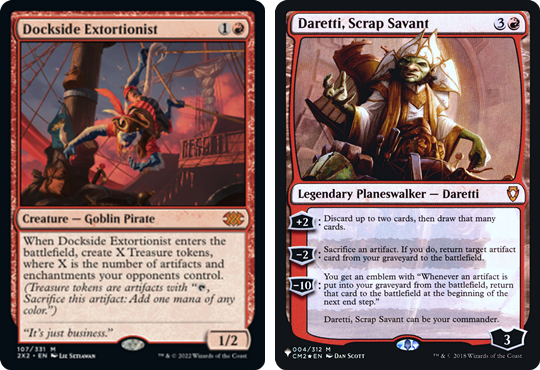
Daretti, Scrap Savant joins Karn in the planeswalker box, either letting us dig through the deck if we run out of gas or buying back artifacts we need. In the spell column, Tamiyo’s Safekeeping and Heroic Intervention both help us protect our board.
Huh — just noticed that two of the best protection spells printed recently come from planeswalkers that were later compleated. Probably just a coincidence, though. Probably.
End Step
This deck is…something. I have no idea where to put it power-level-wise. As I said earlier, it’s very much a glass cannon. It is hyper focused on doing its thing, but it also has only a few ways to really interact with anyone else. Those interactions are pretty powerful for the most part, but one well timed counterspell or Krosan Grip can really set us back a bit.
This deck also goes against a rule I usually keep in mind — that a deck should function without the commander on the battlefield. We have plenty of high-impact cards, but there’s also a lot of potential air (by which I mean cards that don’t do much) depending on the matchups.
Normally, we don’t mind just committing anything to the table, as Meria can make use of artifacts that don’t fit the current situation. But if Meria is consistently kept at bay, this deck can feel pretty awkward.
However, I’ve goldfished a few practice hands with this deck, and the acceleration it’s capable of achieving is wild for what I wouldn’t quite consider a combo deck (and certainly not a CEDH deck). You can go from zero to well over sixty in a heartbeat. I’m sure there’s a more tuned version of this deck, but this version scratches an itch I didn’t know I had.

Chris is the Marketing Communications Coordinator (and editor of the blog) at Card Kingdom. He would like to apologize to his son for not holding onto more cards from when he first started playing, as that likely would have paid for college. He enjoys pretty much all formats of Magic, but usually ends up playing decks that make other people dislike playing those formats with him.

